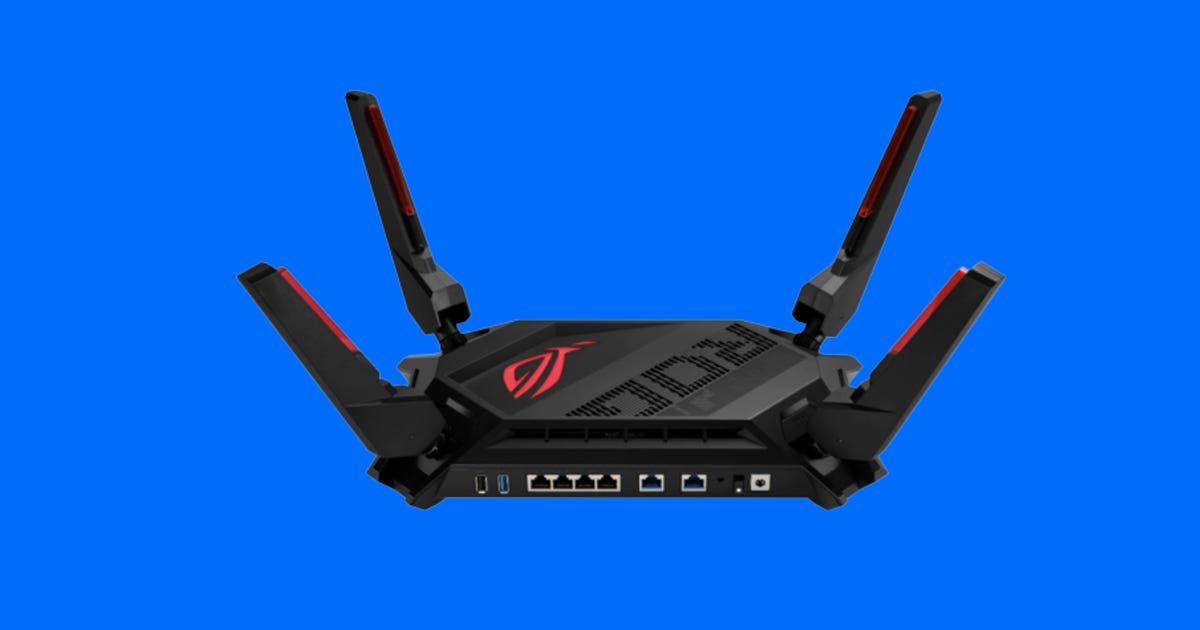Day: March 10, 2023
-

Get Faster Wi-Fi: 4 Essential Steps for Speeding Up Your Internet Connections
This story is part of Home Tips, CNET’s collection of practical advice for getting the most out of your home, inside and out. The pandemic dramatically changed how we work. Logging in at home and spending more time online became the norm. In turn, fast, reliable Wi-Fi became a necessity rather than a mere luxury.…